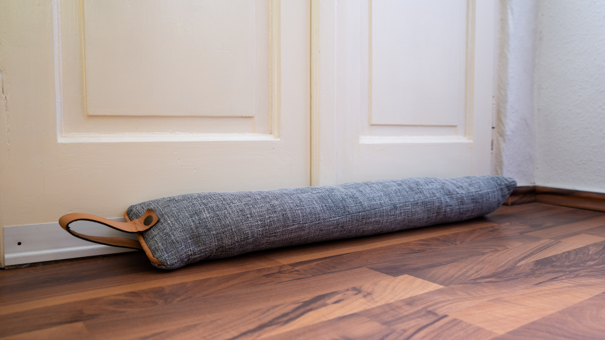As the winter draws in we are turning our attentions to making our homes warmer and more comfortable.
For the past two and a half years, PeCAN's Superhomes project has helped local homeowners understand how to improve their homes to make them as energy efficient and comfortable as possible. The most common recommendations on the SuperHomes reports are improving insulation and ventilation, installing solar panels and upgrading heating systems to heat pumps.
We have gathered the key highlights together to produce a representative sample of a range of Petersfield homes, which is now available on our website, so that other homeowners can see what improvements might be possible in their own homes. You will be able to find examples of 1900s, 1930s and 1980s semi-detached properties, 1960s and 1990s detached houses, 1970s terraced homes and 1950s bungalows. We hope this will give you a useful indication of what might be achievable in your home.
We also have a number of customer case studies on our website, giving helpful real-life examples of homes that have been upgraded.
While the project has come to an end, we are still able to provide some initial information and advice on energy saving and retrofit matters. We have a list of retrofit coordinators who can be engaged to carry out a full home survey and we are maintaining a list of local installers of retrofit measures. Contact us to find out more about this offering.
We have restarted our volunteer-led thermal imaging project for the winter, visiting local homes and helping homeowners understand where they may be losing heat from their property.
Visit our home energy web pages to find out about typical retrofit measures for a Petersfield home, read the customer case studies, explore the final Superhomes project report, or request a thermal imaging visit to your property.
We can help you understand how to stay warm at home.

Our top tips for keeping your home warm...
In the short term:
- Invest in heavier, lined curtains, to help prevent heat loss
- Keep curtains open during the day to allow the interior to benefit from the sun's warmth, but close as soon as it sets
- Do your best to exclude draughts by lining windows and using draught excluders at the base of doors
- Hard floors are much cooler than carpeted floors. If you have hard floors make use of rugs to help retain warmth
- Move furniture away from external walls - internal walls are warmer
- Make sure you do as much as possible to keep yourself warm - with layers of clothing, warm socks, hot drinks, hot water bottles and blankets
In the longer term you might want to explore improvements to insulation, windows and doors. Requesting one of our thermal imaging visits could help you identify the main areas of heat loss in your home.
